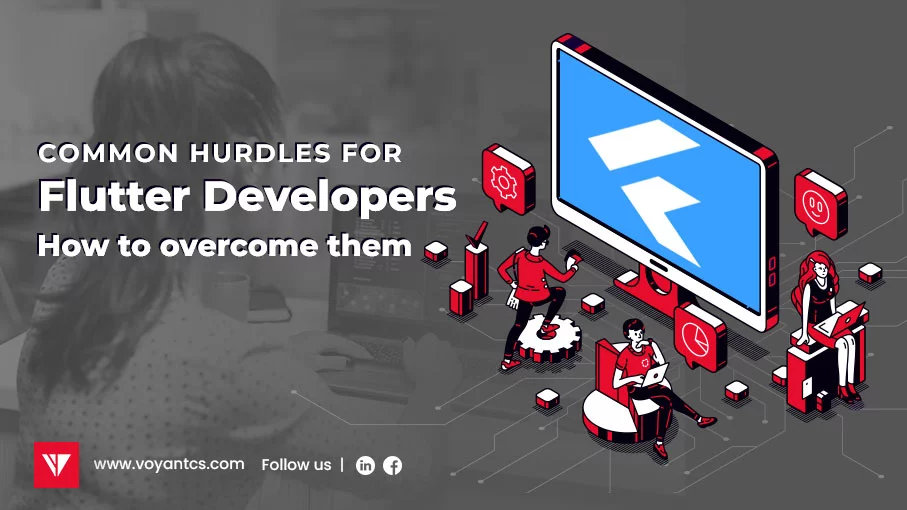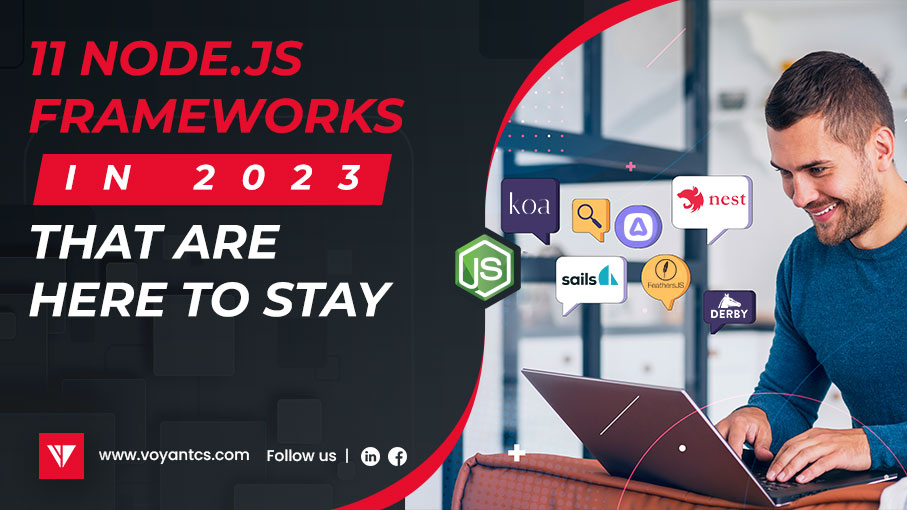Introduction A data analyst job interview is a crucial stage in their career. Here’s a comprehensive guide that covers topics like Data Validation, qualitative versus quantitative data, Data Profiling, and…
READ MOREAuthor: vcs_ver_2
Common Hurdles for Flutter Developers: How to Overcome Them
Flutter is a framework that has seen significant growth in recent years, and it promises continual evolution. As developers and companies continue to choose it for high-quality mobile and web…
READ MORE11 Node.js Frameworks in 2023 That Are Here to Stay
A framework, which is a set of libraries and tools, provides a basic structure and features for developing web applications. However, not all frameworks are appropriate for every project, as…
READ MORETop 30 Node.js Interview Questions and Answers [For All Levels]
Node.js is a cross-platform, open-source JavaScript runtime environment that allows developers to create server-side tools and applications in JavaScript. It is built on top of the Google Chrome V8 JavaScript…
READ MOREUnleash Your Development Potential: 7 Power Tips for Successful Staff Augmentation
Staff augmentation has emerged as a game-changing solution for businesses looking to augment their development teams. With the ever-increasing demand for skilled IT professionals, organizations are turning to staff augmentation…
READ MORE


![Top 30 Node.js Interview Questions and Answers [For All Levels]](https://voyantcs.com/wp-content/uploads/2023/09/Voyantt-CS-Top-30-Node-JS-interview-questions-and-answers-for-all-levels.png)
